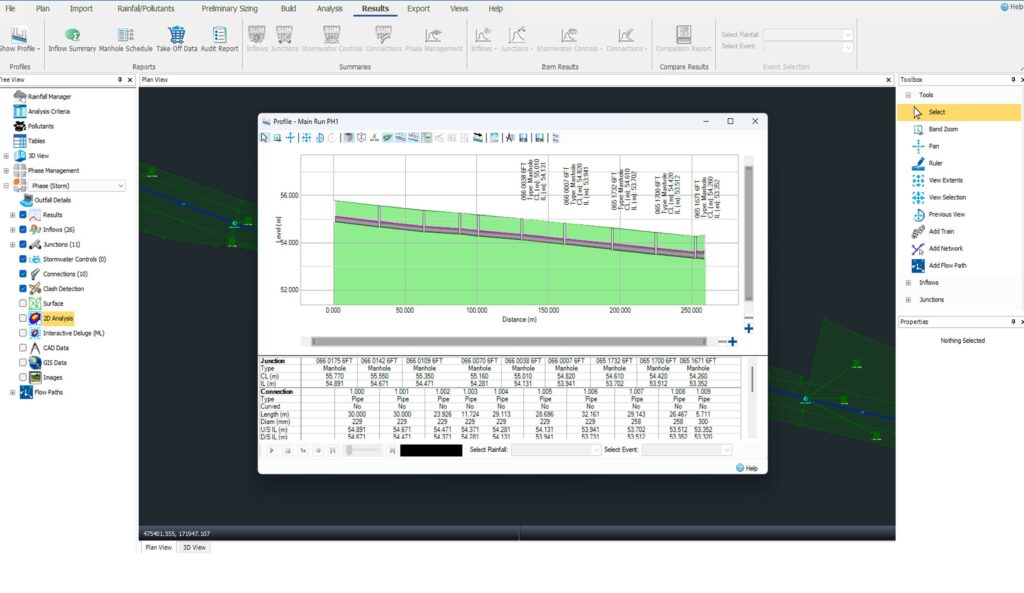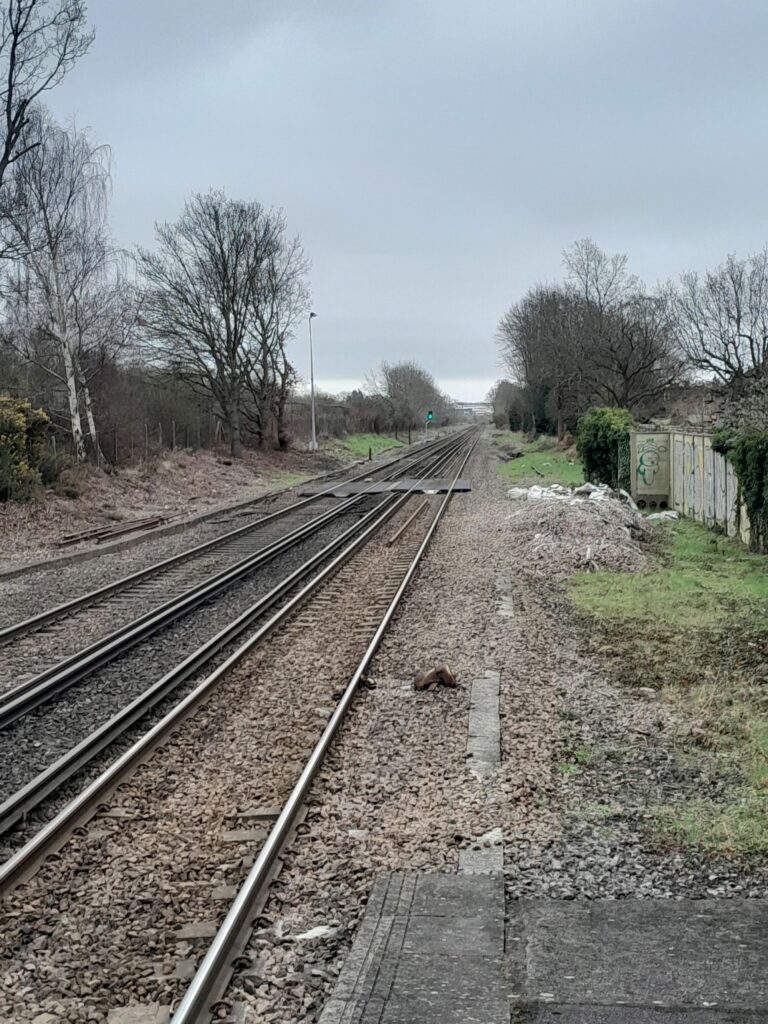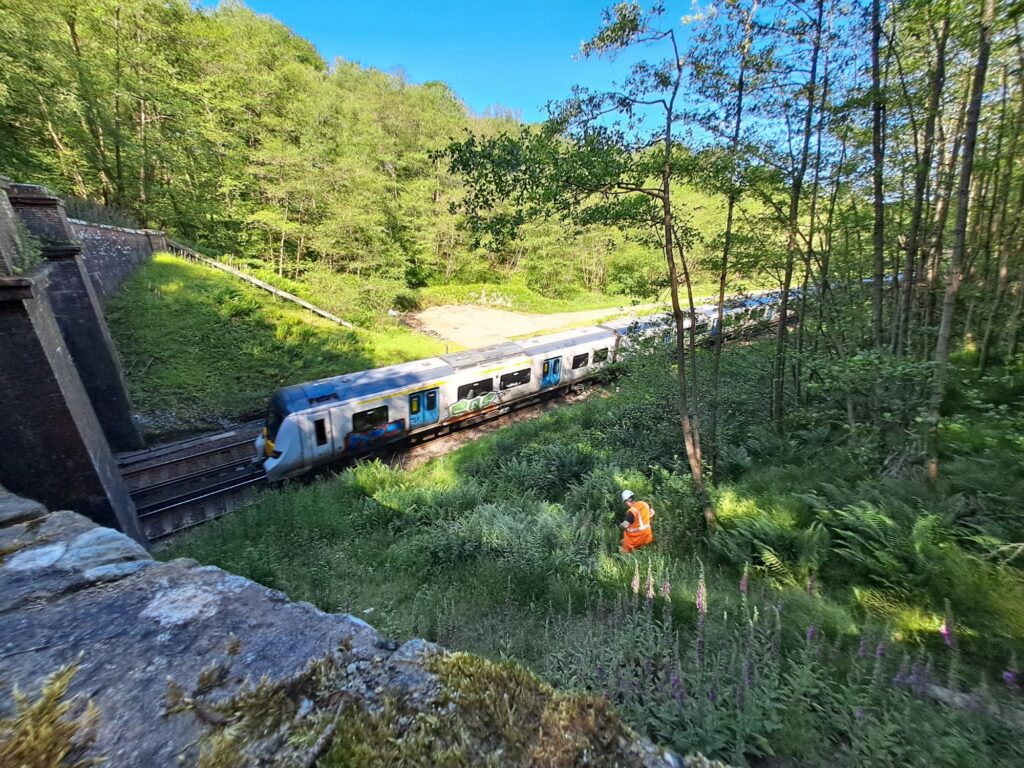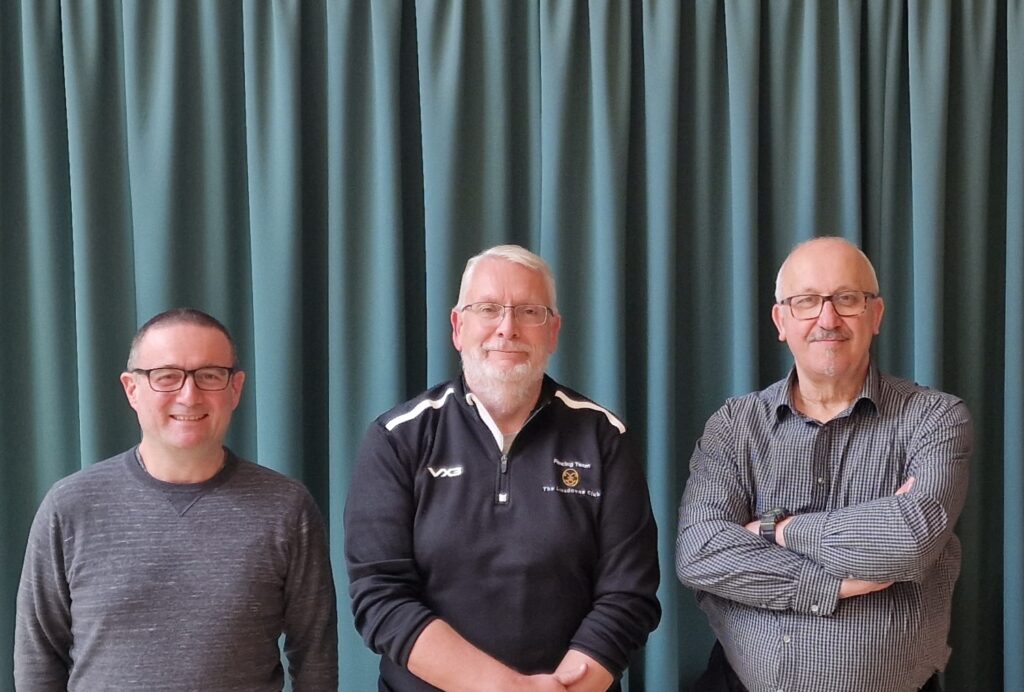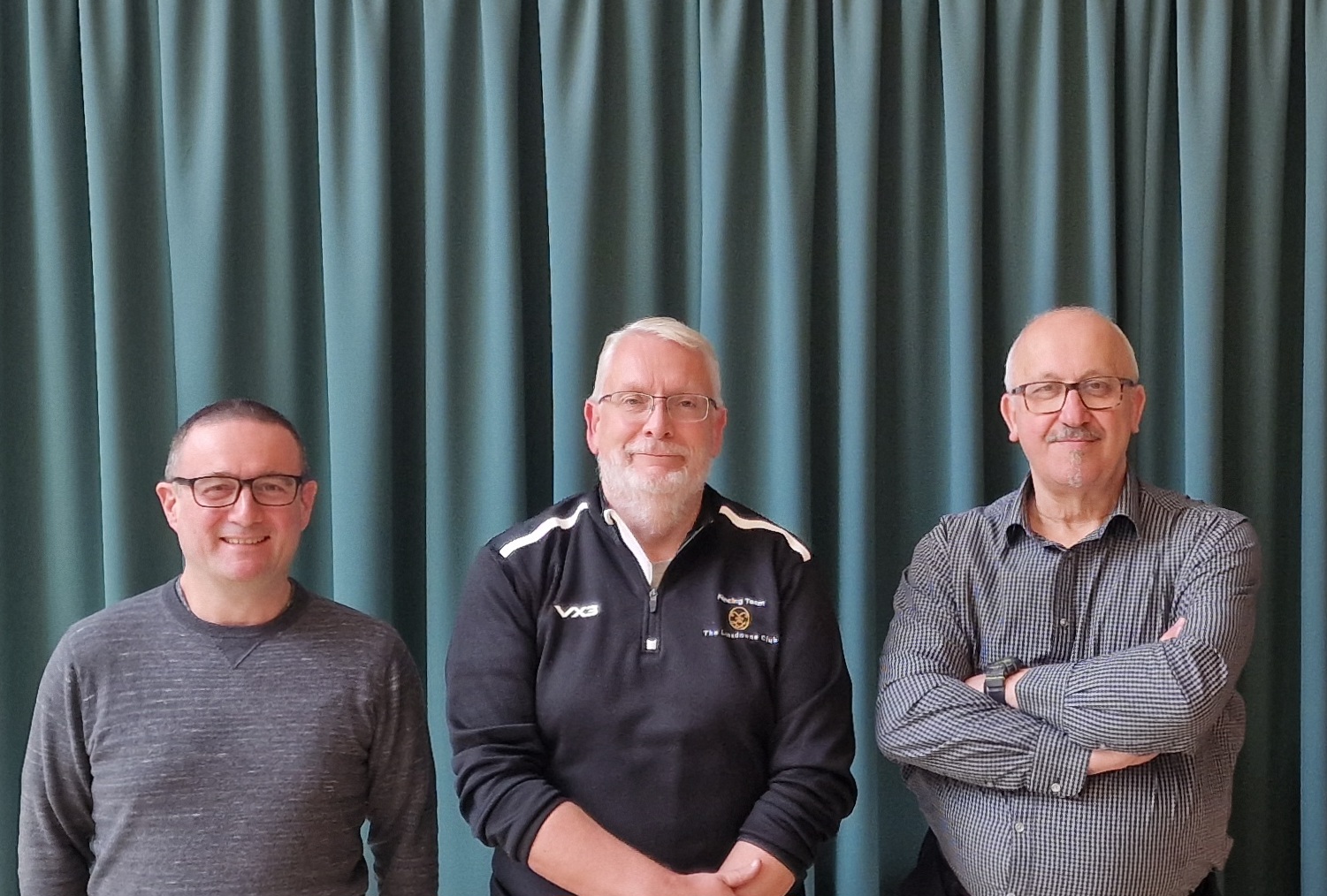Earlier in the year, OnSite Rail proudly launched a new design function within the business. Andy McQueen, Head of Professional Services, and Paul Burgess, CAD Manager, joined as the first design team members back in April and they are in the process of further extending the team. They were joined by Principal Drainage Engineer, Charlie Chapman, at the beginning of July.
Based in Aldgate, Central London, the busy team accommodate work from OnSite Rail as well as Network Rail and other clients. We caught up with Andy and Paul to find out more about the design function and it seems no two days are the same…
What might a typical day look like for the design team?
There’s no such thing as a typical day in the design team. We may come in with a list of things to do and by about 9.30am, the list has gone out the window! Paul has more of a typical day than others with his role mainly being office-based. His tasks include producing CAD drawings, working with engineers on new designs and producing plans and sections.
Can you talk us through a typical project?
At the start of the project, we will get a brief from the client which details the requirements of the project. We will then review it and identify any immediate queries and questions.
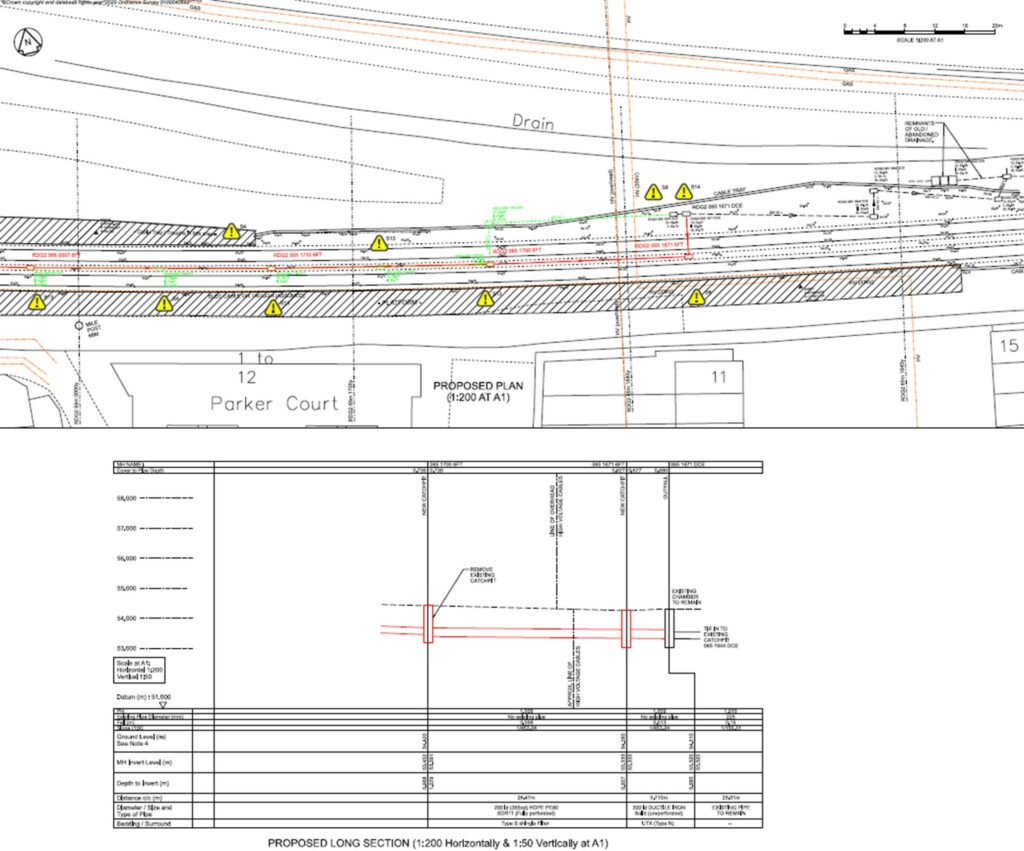
We would then typically arrange a site visit to allow us to understand the site better and identify any other aspects that perhaps the brief hasn’t covered. This process allows us to review and finesse the scheme and outputs that the client wants. Ideally, we will give the client what they need and perhaps more than they originally considered for the project, helping them to achieve the best value.
A project requires a lot of information gathering exercises including topographic surveys, buried services records and CCTV surveys. The information is collated by Paul for initial layout drawings of the scheme.
If we are designing and installing a new system from scratch, we will need to liaise internally with the engineers to make sure the build is achievable. The best design isn’t always the most buildable and there’s no point designing something that can’t be built on site.
Once initial designs are complete, the client is provided with the relevant design assurance documents to review and provide feedback on. We are then able to review and carry out any agreed changes and issue the design back to client. After the design has received final approval, the work is constructed onsite. The whole process usually takes place over a period of months, depending on the size and complexity of the scheme. The team developing the programme works backwards from the site access dates with the design signed off ideally twelve weeks ahead.
A typical project might involve the renewal of existing track or off-track drainage. CAD drawings are used to set out a plan of the area, including plan and long section information, setting out information, and construction details for chambers, bedding, under track crossings and the like.
During the design process, the project survey information is input into the InfoDrainage design software, and a virtual model of the system is created. This allows us to assess the capabilities of the existing system and enhance it as necessary by increasing pipe diameters and improving gradients, etc.
As noted previously, sometimes compromises need to be made between the best hydraulic solution and the best buildable solution and it’s an intricate process of trialling different options.
What do you enjoy about the job?
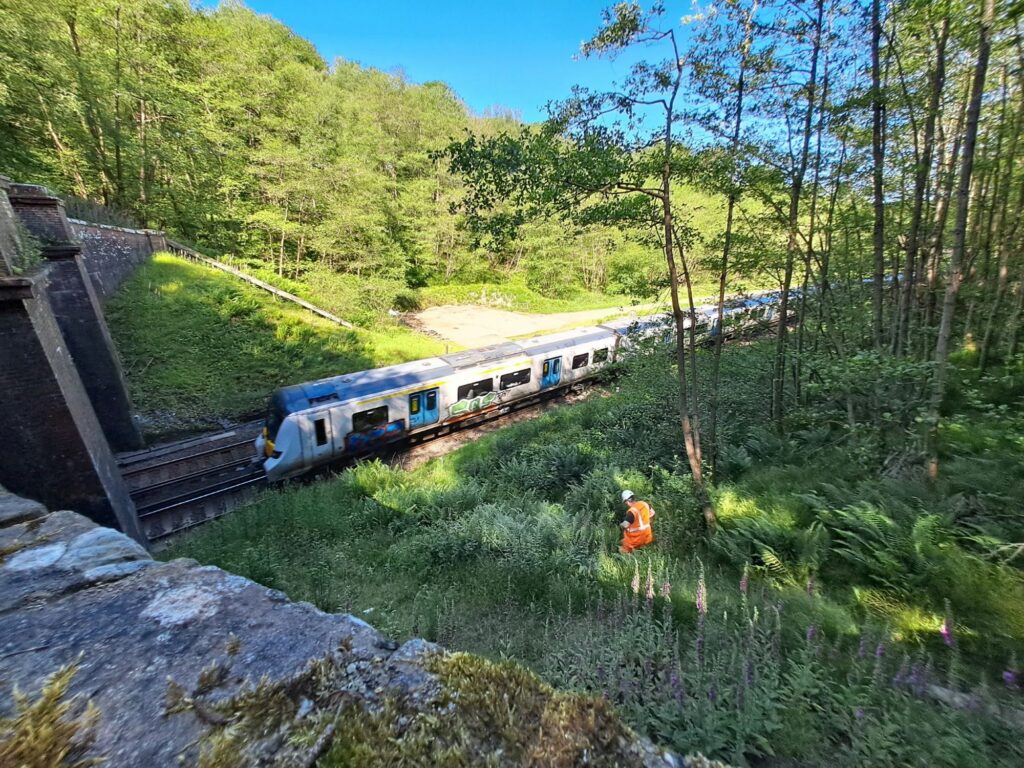
Working in the design team can be unpredictable, but the unpredictability is something we enjoy. We may be in the office or out onsite doing survey work or overseeing construction. There is a requirement to be flexible and practical to sit alongside the technical and theoretical parts of the job.
It’s also nice to see the built result of designs. There is a satisfaction of knowing you’ve fixed a problem and been able to use your skills to the benefit of others.
How do you see the design team impacting the future of OnSite Rail?
We hope the design function will evolve the customer experience as we offer a package service. The interaction between design and delivery means we can address and spot issues much sooner in the process. The client will get the best solution we can offer.
As a team, we have experience with heavy rail and lighter systems such as the London Underground network, so we are exploring the opportunity to open other markets for OnSite and being able to bring work into the business as well as provide work for different parts of the Group. Working across other sectors will allow OnSite to grow and develop. We’re looking forward to building and growing the team, seeing what we can do and where we can go.
Look out for Design Team job vacancies here.
